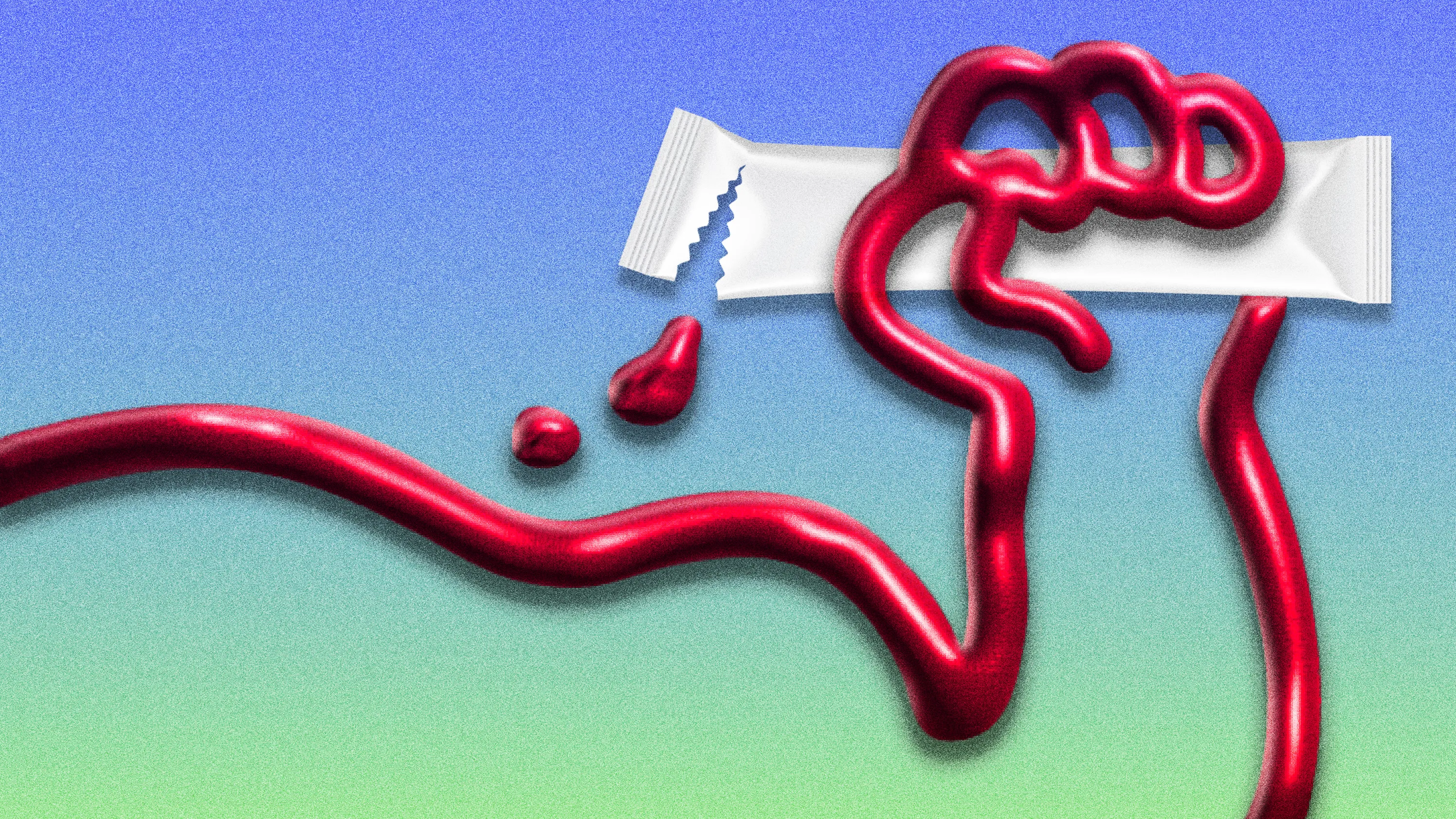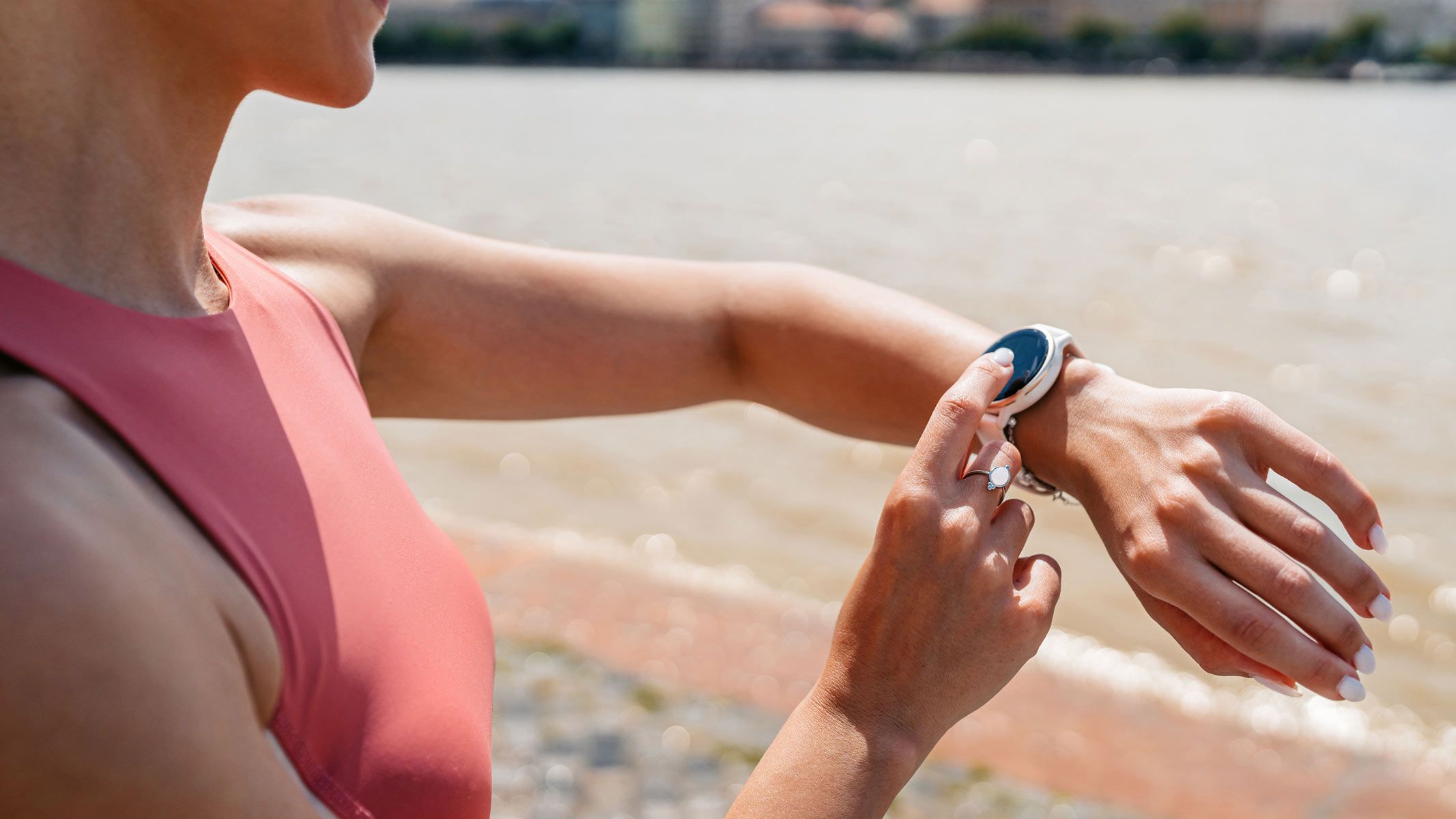By Cara Schacter
Copyright gq

Lately TikTokers are trying to sell something called “cutting jelly.”
The videos start with a muscular creator in a car or kitchen, waving a thin gelatinous strip, saying something like, “This is the viral Korean cutting jelly!” They go on to explain that, until recently, they were unhappy with their body but, like, a few weeks ago, they ordered three 30-packs of Foodology Cutting Jelly and now have huge bowel movements, muscle definition and no more “food noise” (loud thoughts about wanting to eat).
“An Asian guy on my For You Page said this is why Asians eat so much rice and never gain down here–” one TikTok starts. The creator lifts his tank to point to an allegedly jello-fueled six-pack.
In another, captioned, “Why koreans are NEVER built like refrigerators,” someone says his girlfriend said “everyone” in Korea is “slurping these jellies” and that Koreans call them, “the Korean ’zemp.”
The product comes in a plastic tube to tear and squeeze into your mouth like a Mr. Freeze or Go-Gurt, though TikTokers tend to pull the fruit gel out whole to show off the trembling ruby-red prism flecked with tiny black specks (swollen chia seeds).
Chia is one of its alleged appetite-suppressing ingredients, along with garcinia cambogia, which @tiffytummy describes as “a secret tropical fruit” that “blocks carbs from turning into [whispers:] F-A-T.”
GQ asked Harvard professor of gastroenterology Chethan Ramprasad, MD, if the Cutting Jelly claims make scientific sense.
“The short answer is, no, you cannot effectively block carbs,” Dr. Ramprasad says via text. “The idea behind carb-blockers is that certain plant extracts (like white kidney bean or garcinia cambogia) supposedly inhibit enzymes that break down carbohydrates, so you absorb fewer calories. In practice, the effect in humans is very minimal to non-existent. So, no—there isn’t a supplement that actually prevents you from digesting carbs in a significant, reliable, or safe way. The “carb-blocking” claim is more of a marketing hook than a physiologic reality.”
Foodology Cutting Jelly, however, might blunt appetite a bit—just not in a way that will actually lead to meaningful weight loss. Dr. Ramprasad explains, “The stomach has a natural rhythm of emptying—fiber may slow down that rhythm.” In other words, swallowing a bunch of gel could create a sensation of fullness. Not because of any magical ingredient but because of a few basic bulking agents and sugar substitutes.
The ingredient list is a mix of fruit concentrates, lab additives, and animal extracts, like: European plum concentrate, D-Sorbitol β-Cyclodextrin, and fish collagen. But, really, it’s fiber, water, and fake sugar. Which, Dr. Ramprasad said, causes, “a clean out effect.”
Basically, this is a laxative—a sentiment more or less expressed in all these TikToks. The word “poo” is not technically banned on TikTok but for some reason, a lot of the captions swap ‘o’ for zero, like it’s a secret: “This will have you p0oping like nobody’s business #cuttingjelly.”
Going to the bathroom is not a dieting hack. It’s just something bodies do, ideally by themselves and not because you bought a big box of jello sticks. “The standard approach to weight loss is still diet, exercise, lifestyle change, and a consideration of medications like GLP-1s,” Dr. Ramprasad says.



